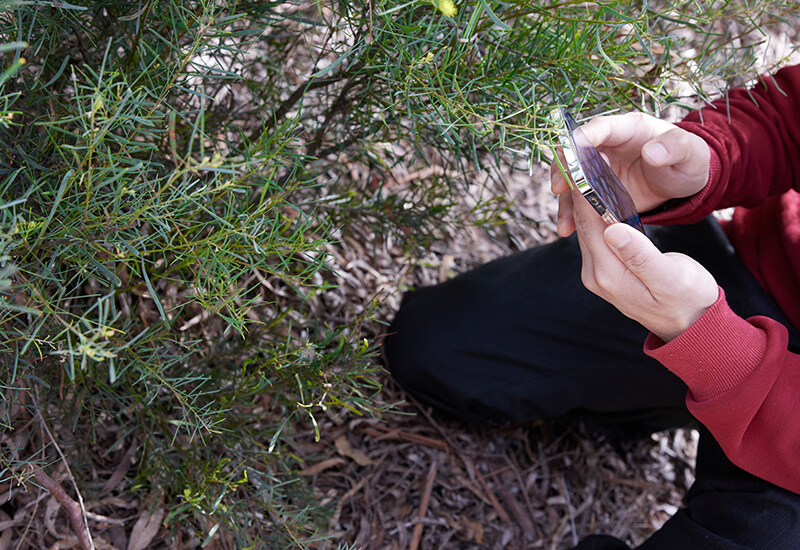Germplasm characterisation
Our germplasm characterisation and analysis services enable breeders and farmers to identify the optimal gene combinations for the varieties to be released to the market or grown in the field.
Germplasm services
What is germplasm characterisation & analysis?
Germplasm is genetic material that is maintained to be used to develop a new variety of a plant. This includes, for example, seed kept in gene banks and trees grown in nurseries.
If a variety of wheat, for example, is susceptible to a fungal disease, a breeder can go to a gene bank to find a wild variety that has been tested against that fungus and shown to be resistant to this pathogen.
This resistant variety can then be crossed with the susceptible variety to enable introgression of a resistance trait – to develop a new cultivar with the same resistance.
DArT’s genotyping service can assess if the breeding program operates with a sufficient level of genetic diversity in their germplasm pool.

Germplasm characterization enables optimal selection of genes and alleles in plants and seeds.
1 of 2Beneficial for ecologists, primary producers, farmers, breeders and researchers.
2 of 2Benefits and use cases
Germplasm characterisation has a range of benefits including:
- Supporting research, biodiversity and conservation projects
- Enabling the identification of genetic traits that are important to pre-breeding, breeding and crop improvement efforts
- Supporting crop optimisation and improvement efforts
Case study
Using our DArTseq technology, we have analysed 80,000 wheat and 30,000 maize accessions from the germplasm collections of the International Maize and Wheat Improvement Centre (CIMMYT) in Mexico. We have also analysed genetic resources relating to a large number of crops like other cereals, root and tuber crops like potato, sweet potato and cassava, various forest trees, vegetables, horticulture plants and natural plant and animal populations.